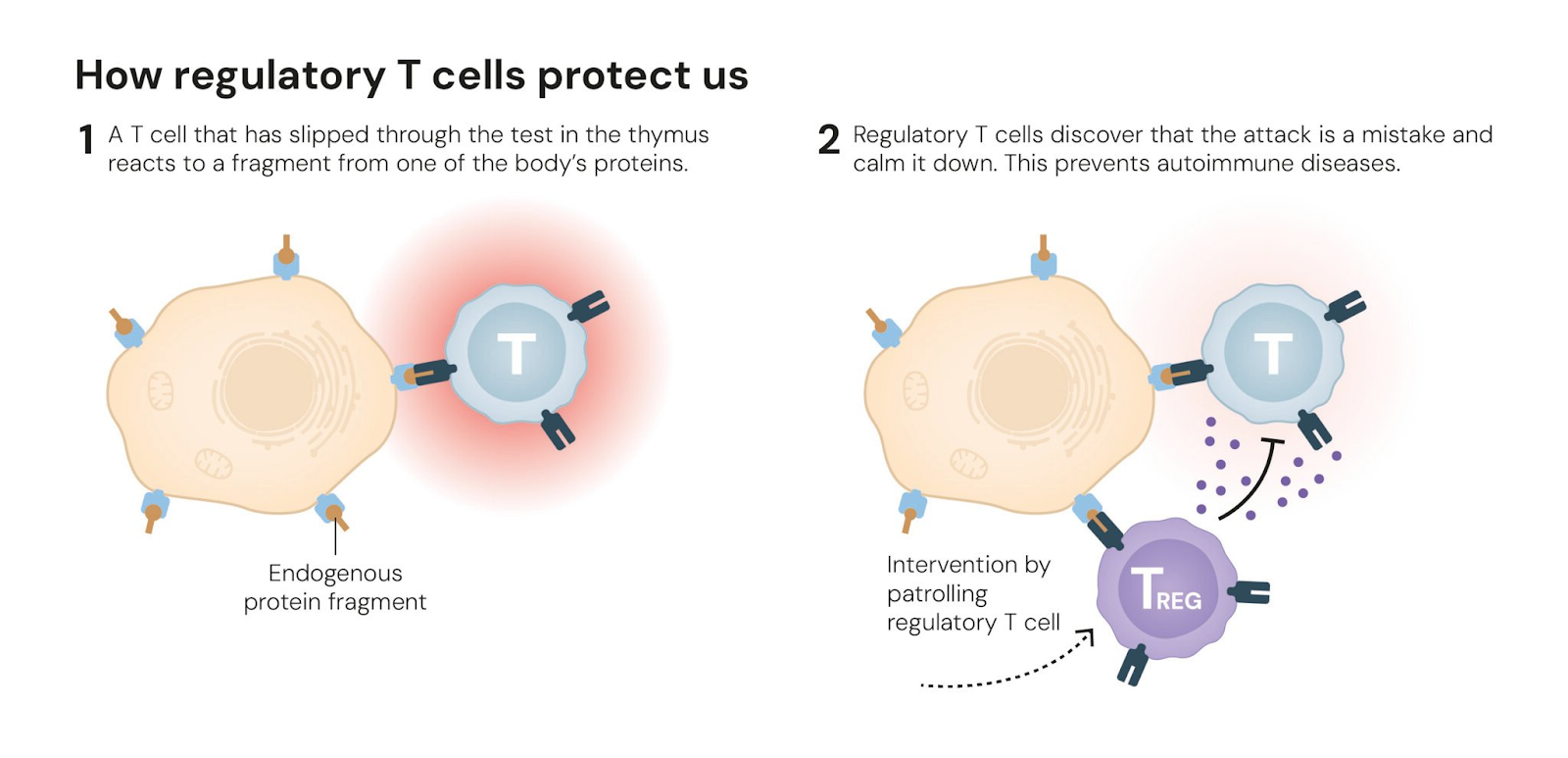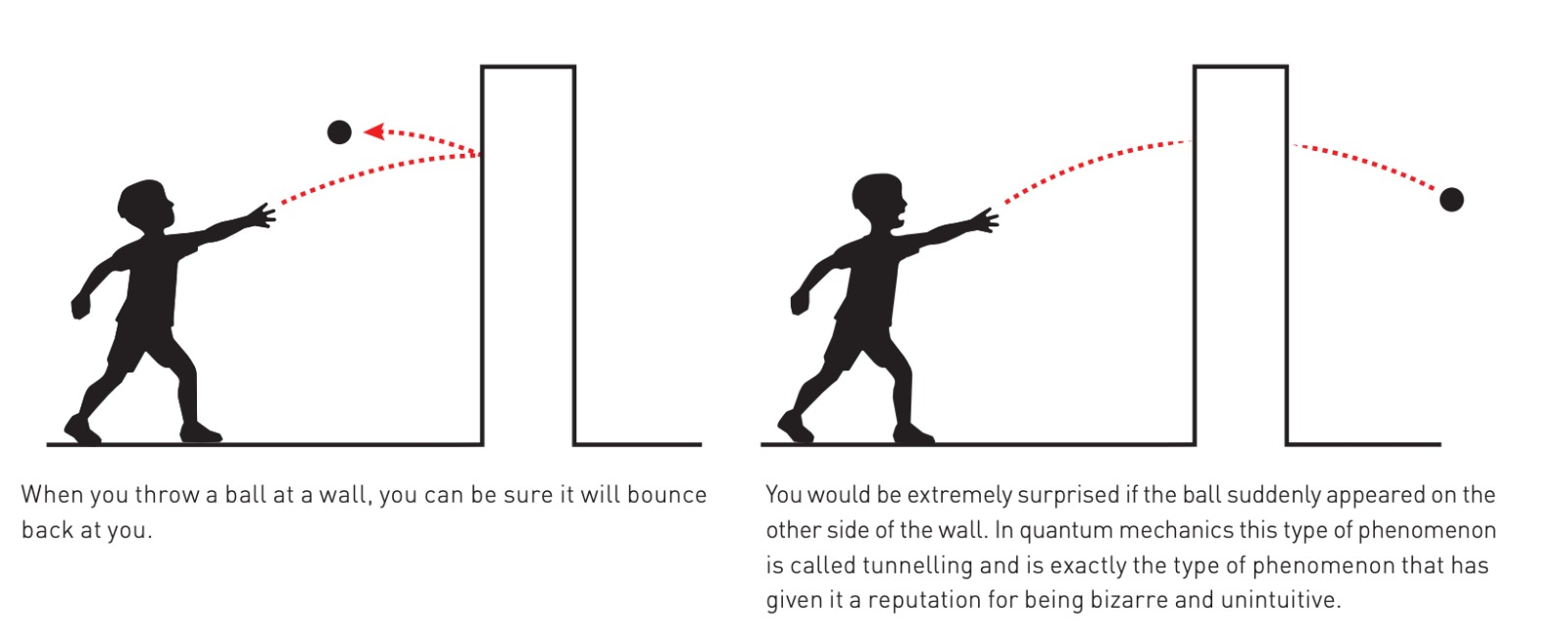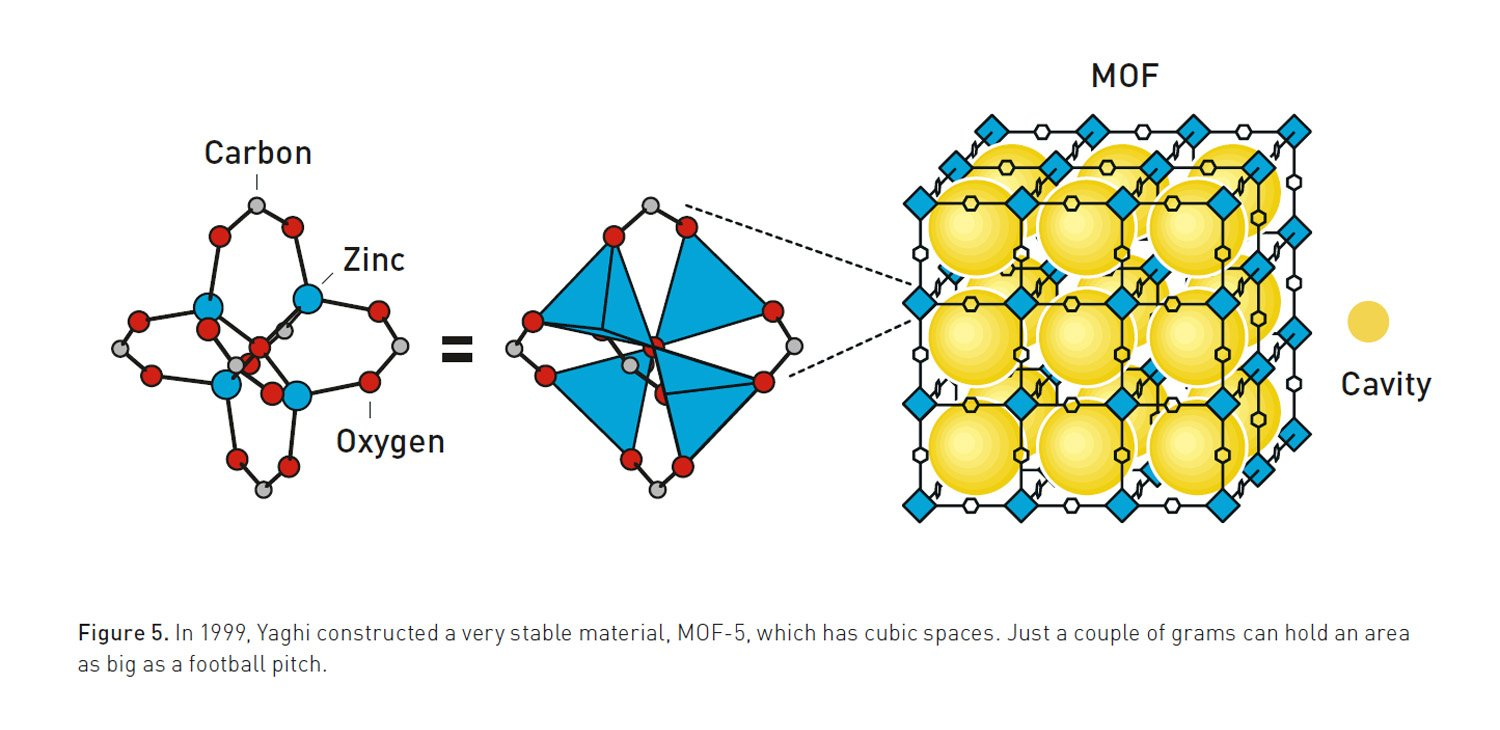Nobel Prizes 2025 in Medicine, Physics and Chemistry celebrate decades of research in immune control, quantum mechanics, and molecular architecture.
The 2025 Nobel Prizes in Medicine, Physics, and Chemistry have recognized scientific achievements that mark a shift in modern research. These awards honor scientists who have transformed our ability to understand and control three domains: the human immune system, quantum mechanics at large scales, and molecular architecture.
Each discovery represents decades of research that is now driving technologies and therapies. The formal award ceremonies will be held on December 10th in Stockholm, marking the death anniversary of Alfred Nobel. Nobel was a Swedish inventor, entrepreneur, scientist and businessman based on whose will, the Prizes were founded in 1895. The first Nobel Prizes were awarded in 1901.
Nobel Prize in Medicine
The Nobel Prize in Physiology or Medicine 2025 was awarded to Mary E. Brunkow, Fred Ramsdell, and Shimon Sakaguchi for their work on peripheral immune tolerance. Their discovery of Regulatory T-cells (Tregs) has changed how we understand the immune system's ability to distinguish between foreign and the body's own tissues.
Understanding the Immune Challenge
The human immune system faces a balancing act. It must be strong enough to fight disease-causing microbes, yet controlled enough to avoid attacking the body's own organs. When this balance fails, autoimmune diseases develop, where the immune system targets healthy tissues.
Scientists believed the thymus gland, where immune cells mature, was responsible for eliminating self-attacking cells. However, this "central tolerance" system was incomplete. Many self-reactive immune cells escaped into the bloodstream, requiring a second line of defense.
Breakthrough: Discovery of Regulatory T-Cells
Shimon Sakaguchi made the first observation in 1995. While studying newborn mice whose thymus was removed, he noticed something unexpected. Instead of having weaker immunity, these mice developed autoimmune diseases.
This result led Sakaguchi to conclude that the thymus wasn't just eliminating harmful cells, it was also producing specialized "security guard" cells that suppressed rogue immune responses throughout the body. He named these cells Regulatory T-cells (Tregs). This concept challenged the belief that immune tolerance happened only through cell elimination.

Medical Applications: From Autoimmunity to Cancer
For patients with autoimmune diseases like rheumatoid arthritis or multiple sclerosis, or those receiving organ transplants, the goal is to boost Treg activity. Increasing these "security guards" can suppress overactive immune responses, applying the brakes to prevent tissue damage or transplant rejection.
In cancer treatment, tumors exploit Tregs to shield themselves from immune attack. By blocking or depleting Tregs around tumors, doctors can release the immune system's brakes, allowing it to target and destroy cancer cells. This manipulation forms a cornerstone of immunotherapy research.
Nobel Prize in Physics
The Nobel Prize in Physics 2025 was awarded to John Clarke, Michel H. Devoret, and John M. Martinis for discovering quantum mechanical effects that can occur in electrical circuits large enough to hold in your hand.
Quantum Scale Problem
For decades, quantum mechanics governed only the microscopic world of atoms and electrons. Two features of this "quantum weirdness" are:
- Quantum Tunneling: Particles can pass through energy barriers, like a ball rolling through a solid wall, even when they lack energy to climb over it.

- Energy Quantization: Energy exists only in discrete packets, not as a continuous flow. A system can absorb or release energy only in fixed amounts.
The question physicists faced was whether these quantum effects could appear in everyday-sized or macroscopic objects.
Superconducting Circuit Experiment
The three laureates answered this question through experiments conducted 40 years ago, in 1984 and 1985 using superconducting electrical circuits cooled to near absolute zero (−273.15 °C). At the heart of their setup was a Josephson junction, two superconducting materials separated by a thin insulating barrier.
Their finding was that the entire electrical current flowing through their circuit comprising billions of charged particles could behave as a single quantum particle. The circuit demonstrated both macroscopic quantum tunneling and energy quantization.
They proved that a visible electrical system could "escape" from one energy state to another by tunneling through an energy barrier, following the rules of quantum mechanics.
This discovery laid the foundation for quantum computing. The ability to control quantum states in macroscopic circuits enabled the development of superconducting qubits, the building blocks of quantum computers.
Nobel Prize in Chemistry
The Nobel Prize in Chemistry 2025 was awarded to Susumu Kitagawa, Richard Robson, and Omar M. Yaghi for developing Metal-Organic Frameworks (MOFs).
Innovation: Molecular Building Blocks
The laureates have developed a new form of molecular architecture, widening the variety of applications. In their constructions, metal ions function as cornerstones and are linked by long organic (carbon-based) molecules. The crystal structure formed in this arrangement has unique characteristics. The crystals contain large cavities, forming porous materials called metal-organic frameworks (MOFs). Think of MOFs as a molecular apartment building where gas molecules can check in and out.
By varying the building blocks used in the MOFs, chemists can design them to capture and store specific substances. These porous structures make it possible for MOFs to trap, store, and filter gases and other chemicals.

Applications: Climate Mitigation to Energy Storage
What makes MOFs revolutionary is their customization. The cavities in MOFs can be tuned to trap greenhouse gases, harvest drinking water from air, and store hydrogen or methane as clean fuels.
Since these discoveries, scientists have synthesized thousands of different MOFs, each with unique properties. Many have moved from laboratory prototypes to industrial applications in reactors and semiconductor manufacturing lines. Other potential applications being:
- Climate Mitigation: MOFs like CALF-20 can capture carbon dioxide from factory emissions, helping reduce industrial greenhouse gases. Other MOFs can break down toxic chemicals known as "forever chemicals" (PFAS) in contaminated water.
- Water Scarcity: MOF-303 is designed to pull water vapor from desert air, harvesting drinking water overnight in arid regions.
- Energy Storage: MOFs like MIL-101 enable safe, dense storage of hydrogen, a clean fuel—making sustainable energy solutions more practical.
Conclusion
The Nobel Prize in Medicine has given us molecular control over the immune system through Tregs, opening paths to treat autoimmune diseases and cancer. The Nobel Prize in Physics has been a step towards bridging the quantum and classical worlds, laying the foundation for quantum computers that will transform computation, communication, and cryptography. The Nobel Prize in Chemistry has provided tools to design materials atom-by-atom, offering solutions for climate change, water scarcity, and clean energy.
The 2025 Nobel Prizes in Medicine, Physics, and Chemistry mark a defining moment in scientific history. These awards celebrate more than individual achievements, they recognize a transformation in how science addresses human challenges.

Master Digital Age Governance & Technology Trends with VisionIAS Comprehensive Current Affairs →
2025 Nobel Prizes FAQs
1. Who won the 2025 Nobel Prize in Medicine?
Ans. Mary E. Brunkow, Fred Ramsdell, and Shimon Sakaguchi.
2. What are Regulatory T cells (Tregs)?
Ans. Specialized immune cells that suppress rogue immune responses and maintain immune tolerance.
3. Who won the 2025 Nobel Prize in Physics?
Ans. John Clarke, Michel H. Devoret, and John M. Martinis.
4. What is quantum tunneling?
Ans. Particles can pass through energy barriers, like a ball rolling through a solid wall, even when they lack energy to climb over it.
5. Who won the 2025 Nobel Prize in Chemistry?
Ans. Susumu Kitagawa, Richard Robson, and Omar M. Yaghi.
6. What are Metal-Organic Frameworks (MOFs)?
Ans. Customizable porous materials that function like molecular sponges with vast internal surface areas and spaces.